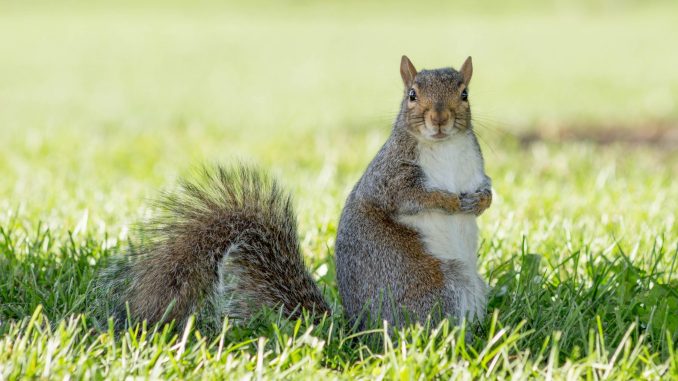
By Ian Ezinga
This week for a class, I had to give a report on an article about the urbanization of the eastern gray squirrel in American cities. If that didn’t catch your attention, I do not blame you. But as I was sitting near Brooklyn College’s koi pond watching fellow students interact with the turtles basking in the sun, taking videos of the fish making their rounds, and someone checking over their shoulder to make sure the sound of the squirrel wasn’t anything more, I couldn’t help but come around to my appreciation of the article I had read.
In truth, learning about “wildlife” in the city has performed a miniature miracle for me as far as sharpening my perspective of the urban ecosystem and our role in it. Learning about the creatures you share the city with can have somewhat drastic effects on the way you view your professor, your neighbor, your boss, and your family.
This is not supposed to be an ad for snake oil, or a plea for people to start reading more environmental history. It is more an extension of the report I gave for class and an offer for those in search of a deeper understanding of their environment.
We humans, regardless of what clothes we wear, what vehicles we pilot around town, or what food constitutes our diet, are animals. I’ve never studied environmental science or biology enough to lay out the most important steps in human evolution, but it really only takes a couple of YouTube videos featuring primates reacting to magic tricks to pass the point of no return and become unable to unsee our shared ancestral heritage engraved in the curious faces of our fellow primates.
That point may not be met with great contention, but the many different pools of thought that such a position spills into are vast and offer ample entertainment to roll around in. The perspective that can be gained by such thought experiments, or at least one of the infinite, is reimaging the space you inhabit as your environment. This thinking alone is not intellectually original by any measure, but the beauty in sharing it here is how differently each person reading can apply it to their lives.
In a few moments, you can reimagine your surroundings as a series of natural constructions that humans have built to alleviate their needs and, in the event of a surplus, their wants. We can observe all the necessities of life in the forms of delis, drinking fountains, places to sleep, and jobs, which allow us to afford to partake in such necessities.
The people in our lives can also be easily reimagined as meeting the needs belonging to the strange and curious creatures we are. This task can be a bit more uncomfortable at times, but with patience, we can see our professors as wise elders sharing bits and pieces about how they understand the world to work. We can see our friends and family as the circle of beings which look out for us, lick our wounds, and rally to our defense.
Our bosses? They are but hoarders of surplus, granting us a few grapes from their stockpile in exchange for our labor to replenish and expand their collection of expendable energy. This thinking can also be extended towards our partners and love interests, a subject which can give cause for several instances of uncomfortable shifting in one’s seat.
But the uncomfortable is where we find the beauty of what makes humans different from other animals. In our self-awareness, we can augment how much of the inner animal we choose to project. We have the power to curb our instincts and choose instead to do something or be someone that is more aligned with our personal beliefs of what is good. We are able to go for a walk in our neighborhoods, not to hunt for food or check for encroaching predators, but simply to enjoy the spring air and watch the sun’s light scrape across the city.
I write now in full appreciation of such affairs when thinking of the turtles basking in the koi pond, the eastern gray squirrels darting from the shade, and the countless human beings who tend to forget that although their species is planted firmly atop the natural world, we are also completely embedded within it.
